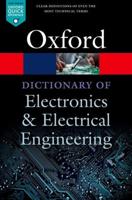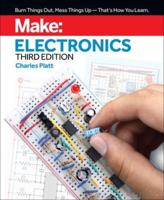Publisher's Synopsis
Excerpt from The Electric Current: How Produced and How Used
A different class of ancient observations, which previously to Gilbert had not been quite so barren of practical applica tion, was that in which the earliest recorded fact was the attraction which the lodestone exerted on iron. It is doubt ful whether the word magnet is due to the lodestone being first found by a shepherd named Magnes, as mentioned by Pliny, or to the circumstance that these black stones were first found near a town called Magnesia. Not only was it known in these ancient times that the lodestone attracted and sometimes repelled iron, but also that it could com municate this property to iron itself, or, as we now say, it could magnetise iron. The Chinese are supposed to have known, as early as a.d. 120, that a magnetised iron needle, when properly suspended, points approximately north and south, and the mariner's compass appears to have been used as early as the twelfth century, if not earlier. The dip of the needle was discovered in 1544 by Hartmann, and independently in 1576 by Norman, who made several ingenious magnetic experiments. Then we reach Gilbert, who in the work already mentioned much extended our knowledge of magnetic phenomena also, by numerous observations which we shall describe in the proper place.
From the time of Gilbert onwards the sciences of Electricity and Magnetism progressed slowly but surely along separate lines, and it was not until the present century that the long-sought-for link connecting them was found by the discovery of Oersted in 1820 that an electric current was able to in?uence a magnetic needle. The discovery of Oersted was followed by the brilliant investiga tions of Ampere and Faraday, and these, together with the results of the labours of a host of other workers in the same[arm on UC now.
About the Publisher
Forgotten Books publishes hundreds of thousands of rare and classic books. Find more at www.forgottenbooks.com
This book is a reproduction of an important historical work. Forgotten Books uses state-of-the-art technology to digitally reconstruct the work, preserving the original format whilst repairing imperfections present in the aged copy. In rare cases, an imperfection in the original, such as a blemish or missing page, may be replicated in our edition. We do, however, repair the vast majority of imperfections successfully; any imperfections that remain are intentionally left to preserve the state of such historical works.








